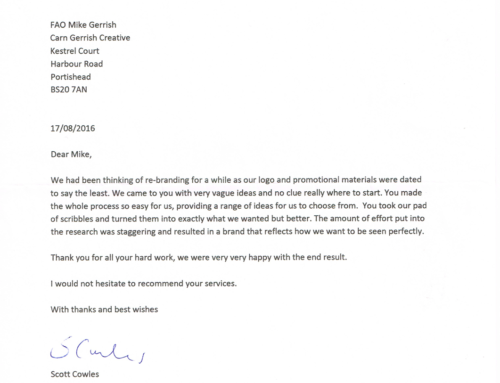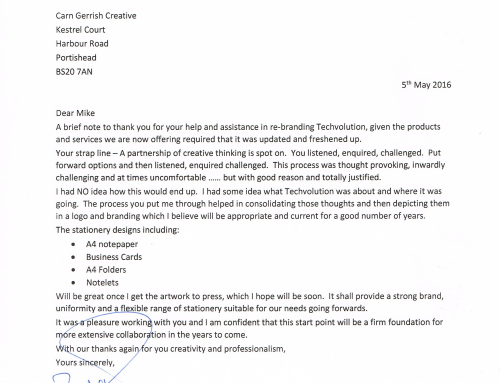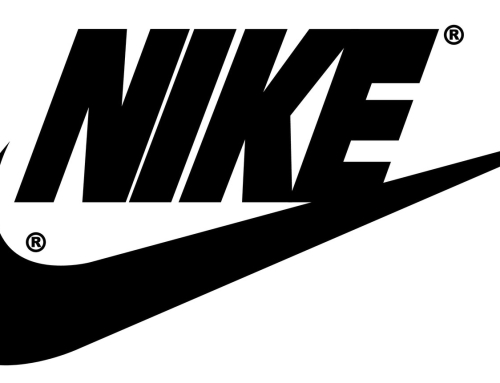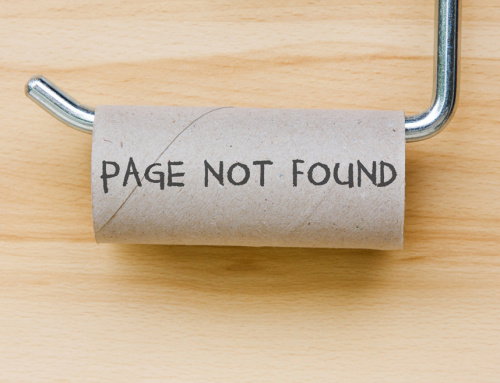Although the idea of negative space is quite simple, it is extremely important to the creation of an effective design. Negative space, the space that surrounds an image’s main object of interest, defines boundaries within the design and adds balance to the piece. In today’s world, designers are growing more and more capable of using creative carved-out shapes and elements within a design’s negative space.
Understanding negative space in graphic design
Check out this image to see a great example of negative space usage. The optical illusion contains two separate images. The black chalice is the object that most people see first; however, if you focus on the negative white space in the image, you can see two faces looking at each other. This image helps to present the power of negative space in design.
Negative space in website design
Negative space is big in website design. A designer’s ability to use negative space between objects, text and other elements is key to his success. The negative space keeps the viewer focused on the intended element and aligns objects to be more appealing. Simple well-designed templates and organised structures add a lot of appeal to a web page with the use of negative space.
For example, if your page title or logo element is on the top-left of the page and there is no negative space between the top-left corner of the viewing area and the top-left corner of the element, then the viewer will have a hard time focusing and reading the content. Proper alignment and consistency in negative space throughout the layout presents a clean easy-to-read webpage.
Negative space in images and logo design
When using negative space in images and logos, the designer should attempt to get users to focus on the intended objects. There are too many poorly designed images and logos that make viewers look all over the place. In these cases, the viewer may never see what they are looking for or what the business wants them to see.
An organisations logo is obviously very important to their brand image and marketability. Due to the high importance of logos, designers need to go above and beyond their normal practices. One of the most common extra elements in logos deals with their use of negative space. For example, the FedEx logo portrays a creative us of negative space in between the letters “E” and “x.” The space in between these letters looks like an arrow and adds appeal to the overall design. Check out the negative space in the Yoga Australia logo between the subject’s leg and back. This negative space forms a map of Australia!
Whether you’re designing a web site, brochure, image or logo, your use of negative space will make a difference. Get creative, but stay consistent and provide order and neatness to the design. You want your viewers to look at your design easily and remember it for a long time. The use of negative space in graphic design can help you achieve those goals.






Leave A Comment
You must be logged in to post a comment.